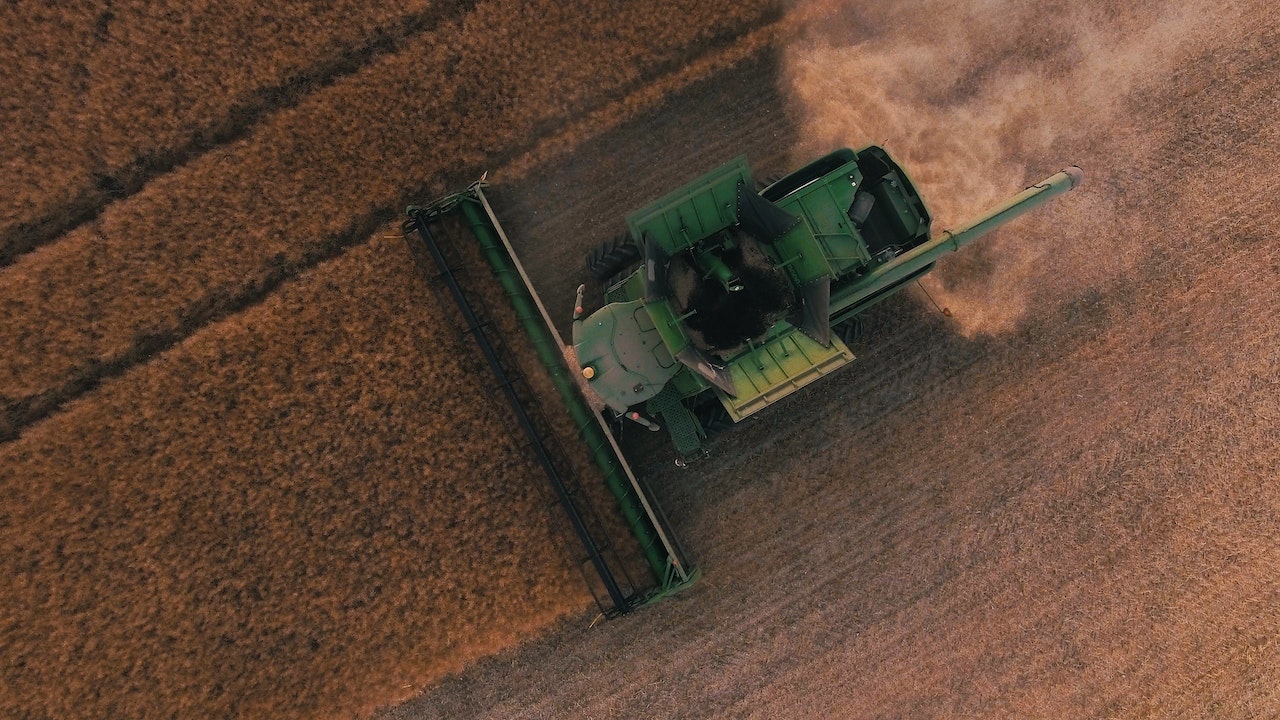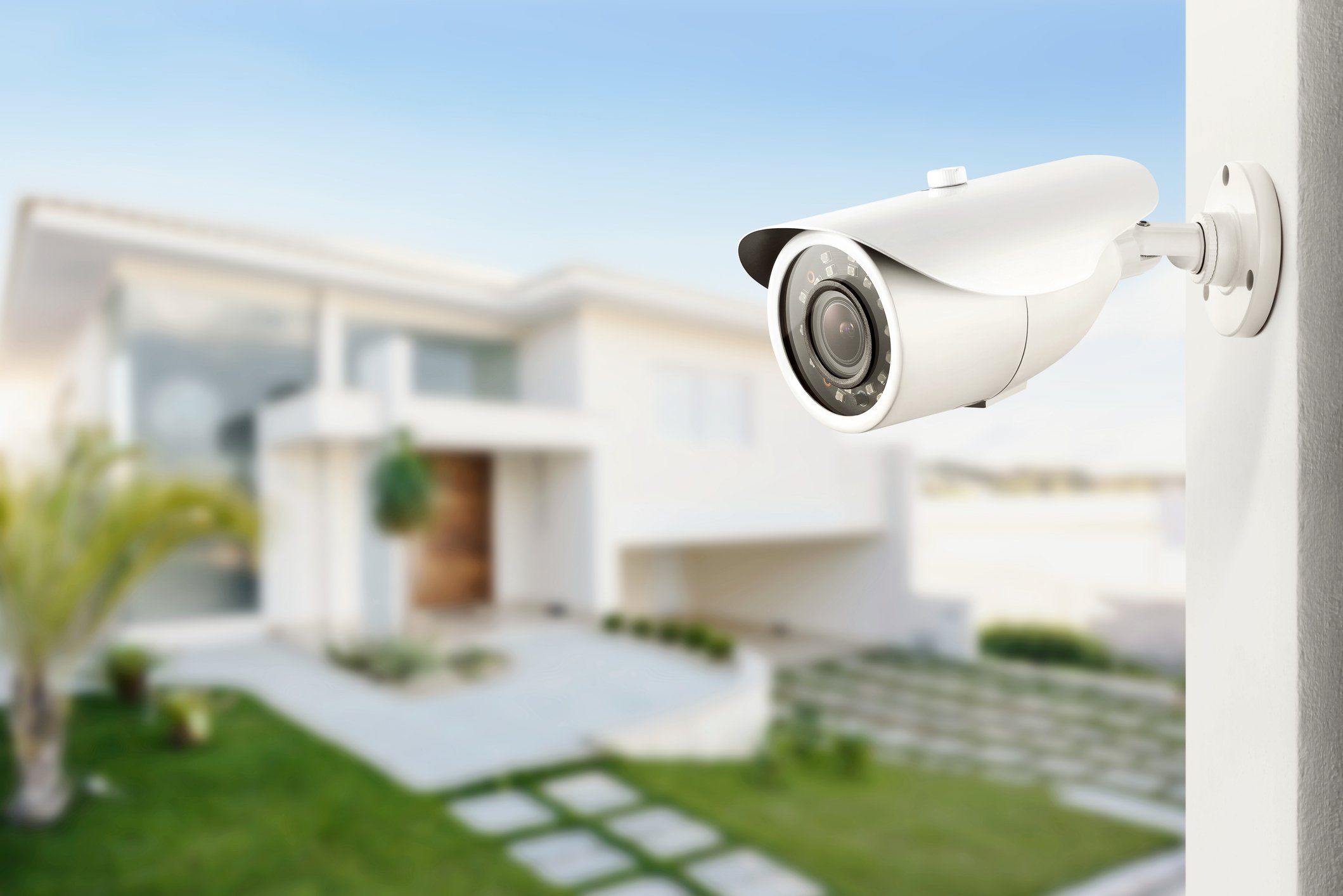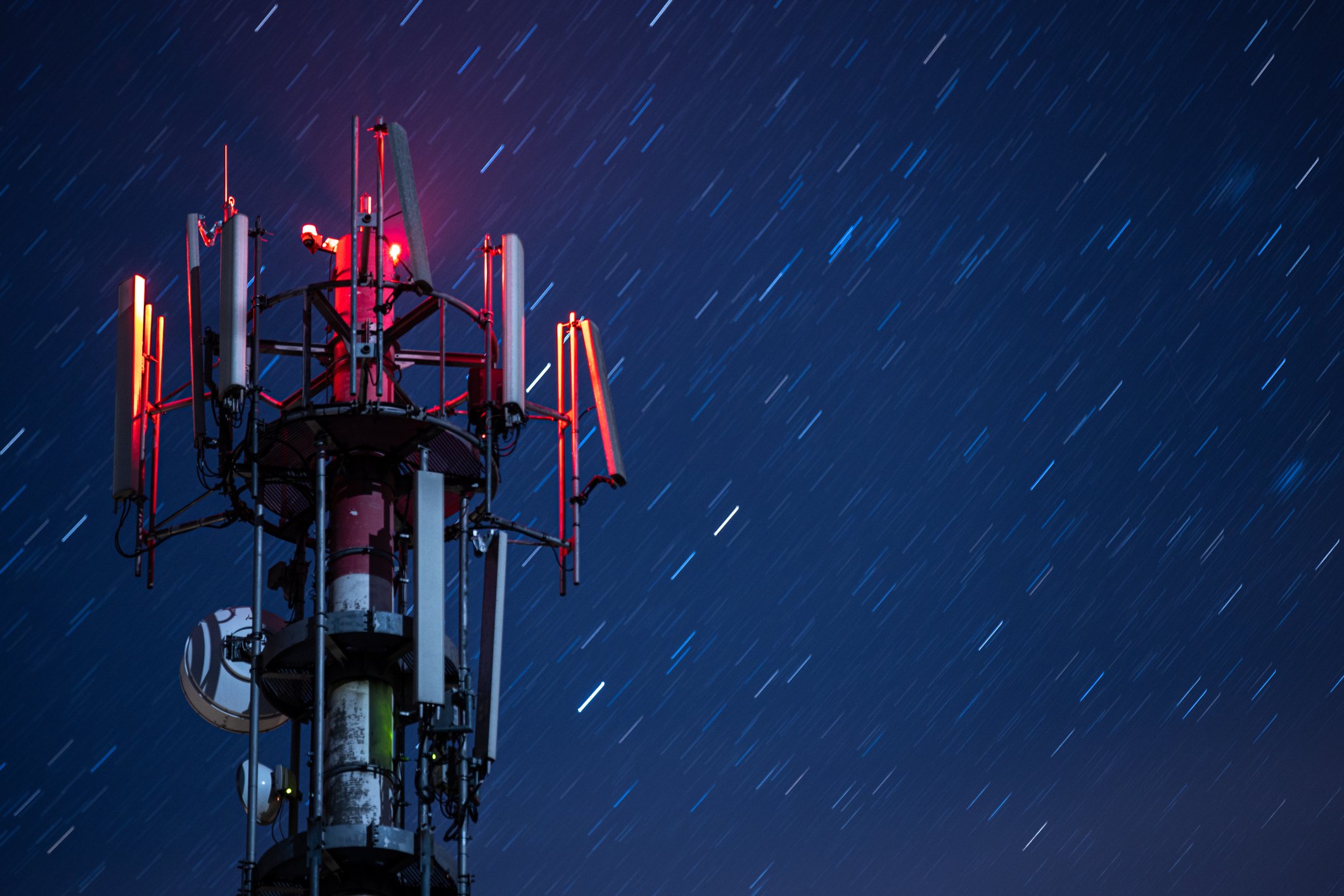
- December 2025 (2)
- November 2025 (2)
- October 2025 (3)
- September 2025 (3)
- August 2025 (3)
- July 2025 (2)
- June 2025 (3)
- May 2025 (3)
- April 2025 (3)
- March 2025 (2)
- February 2025 (1)
- December 2024 (2)
- November 2024 (1)
- August 2024 (2)
- June 2024 (3)
- May 2024 (3)
- April 2024 (1)
- March 2024 (3)
- February 2024 (2)
- January 2024 (2)
- December 2023 (1)
- November 2023 (2)
- October 2023 (2)
- September 2023 (1)
- August 2023 (1)
- July 2023 (2)
- June 2023 (3)
- May 2023 (2)
- March 2023 (4)
- January 2023 (2)
- November 2022 (2)
- September 2022 (1)
- August 2022 (2)
- July 2022 (2)
- June 2022 (1)
- May 2022 (1)
- April 2022 (3)
- March 2022 (1)
- February 2022 (3)
- January 2022 (2)
- December 2021 (1)
- November 2021 (1)
- October 2021 (2)
- September 2021 (3)
- August 2021 (1)
- July 2021 (3)
- May 2021 (2)
- April 2021 (2)
- March 2021 (2)
- February 2021 (3)
- January 2021 (3)
- December 2020 (1)
- October 2020 (1)
- August 2020 (1)
- August 2019 (1)
- January 2019 (2)
- September 2018 (5)
- June 2018 (1)
- November 2017 (1)
- September 2017 (1)
- July 2017 (1)
- May 2017 (1)
- January 2017 (1)
- October 2016 (2)
- August 2016 (1)
- July 2016 (1)
- June 2016 (1)
Subscribe by email
According to the United Nations, the world population is expected to grow to 9.8 billion by 2050. The internet of things (IoT) is poised to bridge the gap between current agricultural production levels and what will be required to support the needs of the world’s increasing population. In this article, we explore smart farming, how IoT is changing the industry for the better, and some exciting examples of IoT in agriculture.
What Is Smart Farming?
Smart farming is the collection and use of information and data to create a more efficient agricultural system. The purpose of introducing high-tech systems for growing food is to improve efficiency and quality while increasing production. The goal is to grow food as cleanly and sustainably as possible. Smart farming includes all aspects of food production, including growing crops from seed, harvesting, and livestock throughout the entire lifecycle.
How IoT Is Transforming Agriculture
As we’re seeing with its introduction in other industries, IoT is having a significant impact in agriculture. Empowered by sensor-driven real-time data and increased opportunities for automation, farmers are finding significant efficiencies by leveraging IoT.
Being able to direct processes remotely improves safety as well as efficiency. Is drier-than-average weather predicted? Farmers can easily increase the water supply in all or specific areas. Where this process once required significant time investment and manual intervention, it can now be done in seconds through automation.
According to Deloitte, smart farming has been called the “Green Revolution.” This reference pays homage to the tremendous farming growth in the 1960s, when agricultural production in many parts of the world increased due to new technology initiatives and the implementation of a modern scientific approach to farming. At that time, advancements in agriculture were largely due to genetic modification creating high-yield crops, new fertilizers and fertilization methods, and mechanization. Studies have shown that these changes led to many societal improvements, including reductions in hunger, poverty, greenhouse gas emissions, land use, and infant mortality. IoT is now the next wave of innovation for the agriculture industry, and it’s exciting to be part of it.
Benefits of IoT in Agriculture
Smart farming is already reaping benefits, and it has the potential to deliver far more sustainable and productive agricultural production in the future. The data from IoT can help increase production and can make farming processes more streamlined. Here are some of the benefits we’re seeing from introducing IoT to agriculture.
- Improved quality — Monitoring the soil and crops with sensors and drones helps farmers better understand the various dependencies between environmental conditions and the quality of the crops. By analyzing production quality, farmers can learn how to make adjustments to improve the quality of their products.
- Increased efficiency — With IoT-enabled agriculture, farmers can monitor their products in real time. Predictive analysis provides for better decision-making and more efficient processes.
- Maximizing yield/output — By leveraging accurate planting in conjunction with the data generated by IoT, farmers can optimize their crop treatment for planting, pesticide application, watering, and harvesting to drive higher production rates.
- Cleaner process — Conservation efforts like reducing unnecessary water and energy usage have a positive impact on the environment. And, by increasing crop production within a single field, they reduce the use of fertilizer and pesticides, providing for a cleaner final product than traditional farming methods.
- Resources reduction — Using IoT for weather predictions and soil sensors enables farmers to use resources like water and fertilizer only where and when they need to.
- Process agility — Real-time data monitoring enables farmers to adjust processes during the growing season to better ensure a good crop and to continuously improve quality. This data allows them to respond to changes in the weather, air quality, and soil, and can save the crop from extreme changes.
- Higher profitability — The automation opportunity with IoT has a tremendous impact on lowering operating costs. With reductions in resource consumption, human error, and overall cost, these changes serve to drive up profits.
- Improved control over the production process — IoT-enabled agriculture provides for better control over the amount of production. When farmers can predict the size of their harvest in advance, it benefits product distribution and planning.
5 Examples of IoT in Farming
There are many different areas where IoT is being used with smart farming. Here are some of the advancements tech-empowered farmers are using to make a tremendous difference in this industry.
- Fertilizer application and control systems — A leading fertilizer application company efficiently activates and monitors their systems by leveraging Zipit’s connectivity platform.
- Smart greenhouses — IoT-enabled smart greenhouses create a self-regulating microclimate designed for crop production. Those who implement a smart greenhouse crop monitoring system can leverage data insights for monitoring and managing everything from temperature to humidity, lighting, and irrigation.
- Precision farming and agricultural sensors — Smart sensors placed around a field allow farmers to understand crop conditions without having to test in-person. Remote monitoring leads to improvement in these conditions, as farmers can react to them quickly, leading to a more productive crop, and enabling them to predict output and better plan for distribution.
- Livestock monitoring — Zipit’s carrier connectivity and subscription services have helped HeatSiecker bring an IoT solution to dairy farmers. HeatSiecker developed a monitoring solution using LoRaWAN-enabled patches that communicate with a wireless antenna (Gateway) for the purposes of maximizing milk production.
- Agricultural drones — Drones have been used by farmers to survey their lands and perform field analysis. They can even apply fertilizer to a field in a fraction of the time it would take to do it manually. In addition to crops, drones can also be used for livestock management.
How Zipit Helps Agriculture Companies Stay Connected with IoT
Companies want IoT technology solutions in the most streamlined manner on premier networks. Zipit supports agriculture companies by offering tier-one carrier connectivity anywhere in the world, utilizing the top cellular providers. Zipit’s agriculture partners love our intuitive and sophisticated multi-carrier platform for their billing, device connections management, and so much more.
Want to know more about Zipit’s robust yet intuitive IoT platform to connect and monetize IoT solutions for the agricultural industry? Contact us to discuss your company's unique needs. We’re happy to offer insights based on our extensive experience.
You might also like:
Related Content
The latest IoT insights and platform updates from Zipit.
Many IoT devices operate from fixed locations, quietly driving automation, data co...
As billions of connected devices continue to shape modern life, IoT manufacturers ...
The Internet of Things (IoT) is transforming how businesses operate, compete, and ...



